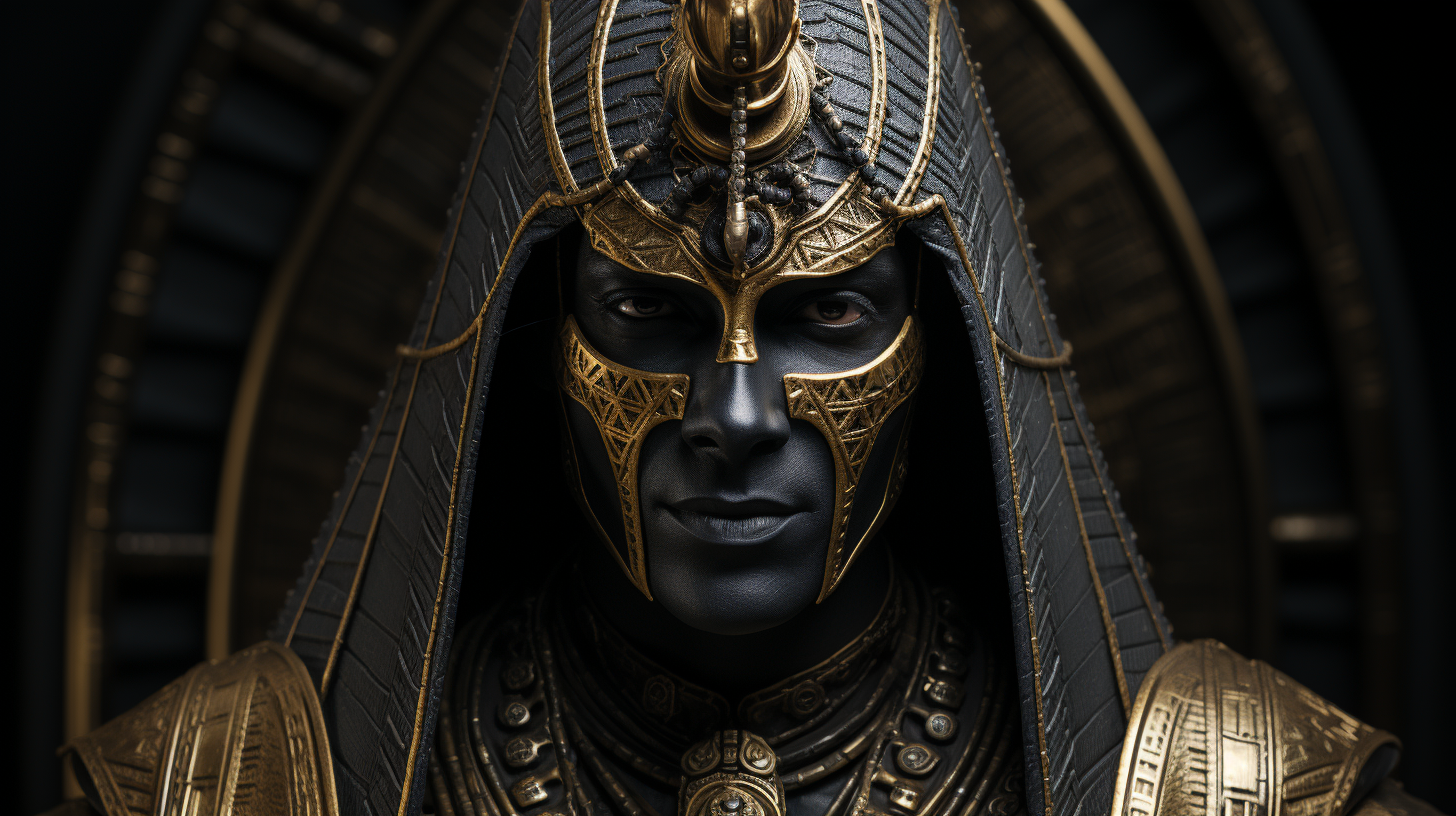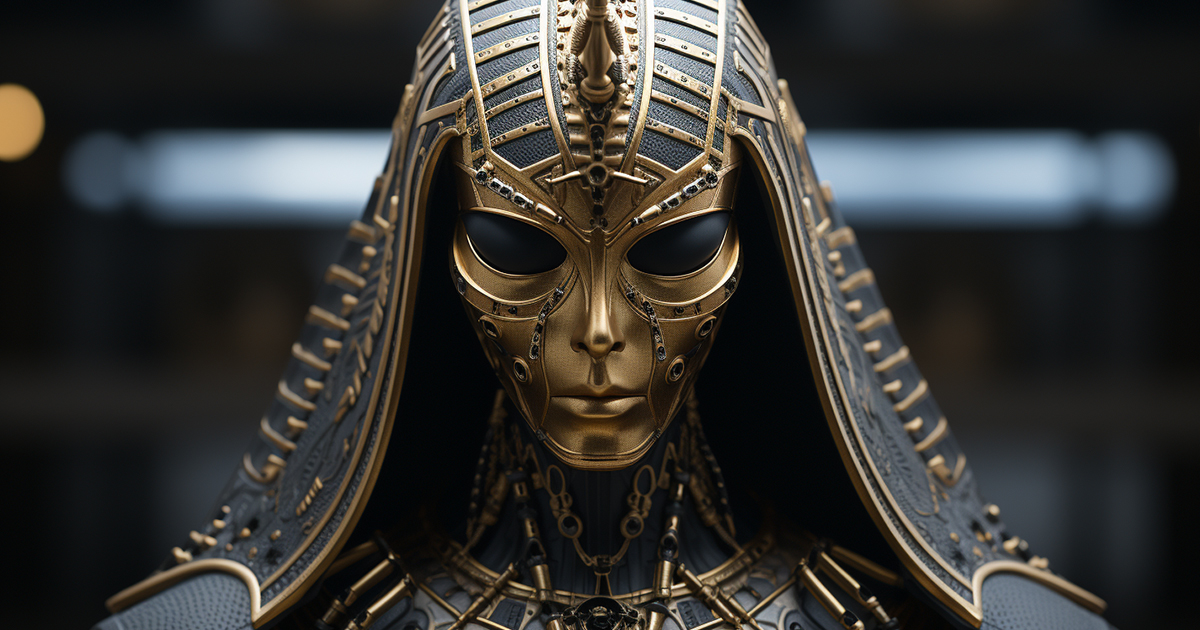The Intriguing Beginnings
Embedded in Egypt’s rich history lies a conundrum that has confounded experts for ages. The discovery of Tomb 55, situated close to the famed resting place of Tutankhamun, has sparked wonder and speculation. Despite the uncertainty shrouding the tomb’s initial inhabitant, its enigmatic characteristics and cryptic engravings hint at a storyline that transcends traditional historical confines. Join us on a voyage into the depths of Tomb 55 as we delve into the intriguing link between ancient visitors and Pharaoh Akhenaten.
Tomb 55: A Puzzling Enigma
Unearthed in 1907, Tomb 55 captivated the world with its distinct attributes. In stark opposition to neighboring opulent tombs, Tomb 55 exuded a haunting void. Its walls concealed mysterious enigmas—a burial chamber housing four peculiarly arranged blocks, triggering conjectures about shielding the world from its contents rather than safeguarding the mummy within.

Adding to the intrigue, the mummy in the tomb rested in a coffin bearing a peculiar feature: its visage mutilated, leaving only a lone eye gazing through the ages. Moreover, the identity of the occupant once etched on the coffin had been deliberately effaced, as if history attempted to erase their memory.
The Heretical Inscriptions: Erasing a Pharaoh
Emblazoned on the tomb’s walls were inscriptions in the tongue of the high priests, a chilling testament to their unwavering endeavors to expunge a pharaoh from history. The foreboding inscriptions proclaimed, “The malevolent one shall never be reborn,” a decree surpassing mere eradication, delving into eradicating one’s legacy from the annals of time. The priests aimed not merely to fade this ruler into oblivion but to obliterate their very existence from posterity.
Akhenaten’s Puzzle: An Otherworldly Connection?
As the intricate puzzle pieces align, the enigmatic figure of Pharaoh Akhenaten emerges. His seventeen-year reign marked a radical departure from conventional Egyptian religious rites. In contrast to his contemporaries, Akhenaten upheld a monotheistic faith, venerating the sun god Aten as the supreme entity.
Could it be that the cryptic traits of the tomb and the priests’ fervor to expunge Akhenaten’s memory hint at extraterrestrial influences? Certain scholars posit that Akhenaten’s doctrines may have been influenced by alien entities, sparking a conflict that led to the suppression of his doctrines and the condemnation of his heritage.
The Astral Disk: Portal to the Universe
Integral to Akhenaten’s spiritual overhaul was his reverence for the celestial disk, a concept laden with profound implications. It is plausible that the solar disk he revered served as a channel for ancient alien knowledge, linking the earthly domain with the cosmic vastness. This notion raises queries: did Akhenaten’s unconventional beliefs stem from encounters with beings beyond our realm, imparting wisdom that forever reshaped Egyptian history?
See the Video Below:
Final Thoughts
As time gradually unravels the secrets of Tomb 55, the mystery of Akhenaten and his potential extraterrestrial ties remains an enthralling enigma. The desolate walls and cryptic inscriptions in the tomb serve as a haunting echo of a conflict that resonated through centuries—a clash between earthly customs and celestial influences. Whether one embraces the ancient astronaut hypothesis or not, the narrative of Tomb 55 and Pharaoh Akhenaten stands as a testament to human curiosity and the boundless depths of historical allure.
